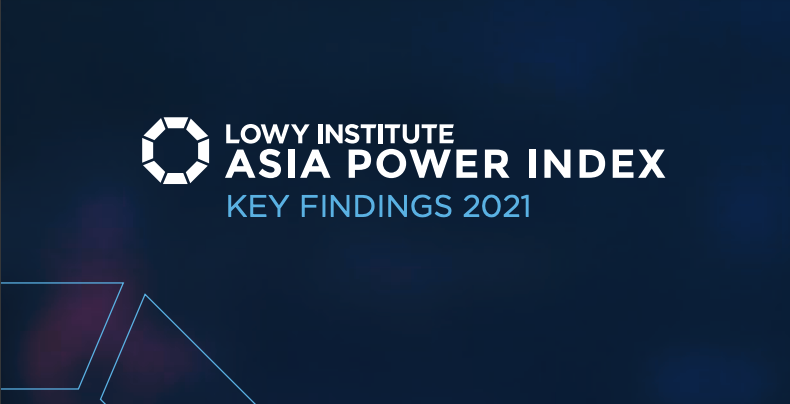By Neeraj Nanda*
MELBOURNE, 6 December 2021: Despite its long standing border dispute and warmness towards the West, China remains India’s biggest trading partner, followed by the US, EU, UAE and Saudi Arabia.The stats come from the Lowly Institute Asia Power Index 2021 Edition released on Sunday (5 December 2021).
15.8 % of India’s total trade is with China ($ 102 billion), with the United States 11,7 % and 11.1 % with the European Union, says the Lowy report. Nepal in the region relies the most on India for trade with 63.3 % ($ 7,34 billion) followed by Sri Lanka 12.9 % ($3.38 billion), Bangladesh 9.3% ($7.13 billion), Indonesia 5.0% ($ 15.6 billion) and Myanmar 4.3 % ($ 1.52 billion).
Being a middle power in Asia and the Lowy Institute says, “India exerts less influence in the region than expected given its available resources, as indicated by the country’s negative power gap score. Its negative power gap score has deteriorated further in 2021 relative to previous years.
In 2021, India had the greatest gains in resilience (+1.7). It lost the most points in cultural influence (−7.9). Elsewhere, it improved in military capability (+0.5), while trending down in economic relationships (−5.1), diplomatic influence (−2.4), defence networks (−2.1), economic capability (−1.3) and future resources (−0.5).”
The report says: “As the fourth most powerful country in Asia, India again falls short of the major power threshold in 2021. Its overall score declined by two points compared to 2020. India is one of eighteen countries in the region to trend downward in its overall score in 2021.
The country performs best in the future resources measure, where it finishes behind only the United States and China. However, lost growth potential for Asia’s third largest economy due largely to the impact of the coronavirus pandemic has led to a diminished economic forecast for 2030.
India finishes in 4th place in four other measures: economic capability, military capability, resilience and cultural influence.
India is trending in opposite directions for its two weakest measures of power. On the one hand, it remains in 7th place in its defence networks, reflecting progress in its regional defence diplomacy — notably with the Quadrilateral Security Dialogue, which includes Australia, Japan and the United States. On the other hand, India has slipped into 8th position for economic relationships, as it falls further behind in regional trade integration efforts.”
The Lowy Institute’s report ranked India 4 out of 26 countries for comprehensive power, with an overall score of 37.7 out of 100. It Lost 2.0 points (−5% change) in overall score in 2021.
The report weighed ‘Comprehensive Power’ across eight measures of power namely Economic Capability, Military Capability, Resilience, Future Resources, Economic Relationships, Defence Networks, Diplomatic Influence and Cultural Influence.
Comparison between India and China
India is ranked 4th in ‘Comprehensive Power’ with overall 37.7 out of 100, while China is 2nd (after the US) with overall 74.6 out of 100. In Economic Capability both India and China lost 1.3 points each since last year (2020) with scores of 24.0 (India) and 91.2 (China).
Comparison between India and Pakistan
India is ranked 4 of 26 for comprehensive power, with an overall score of 37.7 out of 100. and Pakistan is ranked 15 of 26 for comprehensive power, with an overall score of 14.7 out of 100.
The methodology used to determine all the ‘Comprehensive Power’ measures can be accessed from the report. So, What is Power? The report says, ” The Asia Power Index is an analytical tool for sharpening debate on power in Asia. Students of power are generally interested in three questions. What is it? Who has most of it? And how is it changing?
Asia’s economic transformation is reshaping the global distribution of power, with profound implications for war and peace in the twenty-first century. This project maps out the existing distribution of power as it stands today, and track shifts in the preponderance of power over time.
For the purposes of this Index, power is defined as the capacity of a state to direct or influence the behaviour of other states, non-state actors, and the course of international events. In short, the Index seeks to measure the ability of countries to shape and respond to their external environment.”
* The author is a senior journalist, Editor of South Asia Times (SAT) and South Asia analyst.






